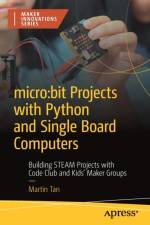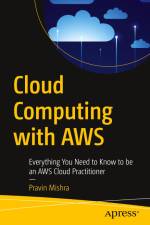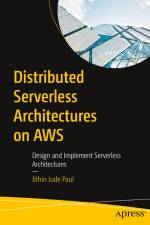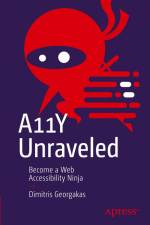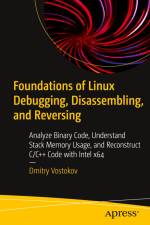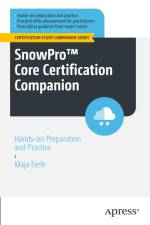av Andrew Troelsen
767
Welcome to the most comprehensive foundational guide available on the topic of C# coding and .NET. This book goes beyond "e;do this, to achieve this"e; to drill down into the core stuff that makes a good developer, great. This expanded 11th edition delivers loads of new content on Entity Framework, Razor Pages, Web APIs and more. You will find the latest C# 10 and .NET 6 features served up with plenty of "e;behind the curtain"e; discussion designed to expand developers' critical thinking skills when it comes to their craft. Coverage of ASP.NET Core, Entity Framework Core, and more sits alongside the latest updates to the new unified .NET platform, from performance improvements to Windows Desktop apps on .NET 6, updates in XAML tooling, and expanded coverage of data files and data handling. Going beyond the latest features in C# 10, all code samples are rewritten for this latest release.Dive in and discover why this essential classic is a favorite of C# developers worldwide. Gain a solid foundation in object-oriented development techniques, attributes and reflection, generics and collections, and numerous advanced topics not found in other texts (such as CIL opcodes and emitting dynamic assemblies). Pro C# 10 with .NET 6 will build your coding confidence putting C# into practice, and exploring the .NET universe and its vast potential on your own terms.What You Will LearnExplore C# 10 features and updates in records and record structs, global and implicit using directives, file level namespaces, extended property patterns, and moreDevelop applications with C# and modern frameworks for services, web, and smart client applicationsHit the ground running with ASP.NET Core web applications using MVC and Razor Pages, including view components, custom tag helpers, custom validation, GDPR support, and areasBuild ASP.NET RESTful services complete with versioning, enhanced swagger, and basic authenticationEmbrace Entity Framework Core for building real-world, data-centric applications, with deeply expanded coverage new to this edition including SQL Server temporal table supportDive into Windows Desktop Apps on .NET 6 using Windows Presentation FoundationUnderstand the philosophy behind .NETDiscover the new features in .NET 6, including single file applications, smaller container images, and moreWho This Book Is ForDevelopers of any level who want to either learn C# and .NET or want to take their skills to the next level."e;Amazing! Provides easy-to-follow explanations and examples. I remember reading the first version of this book; this is a 'must-have' for your collection if you are learning .NET!"e; - Rick McGuire, Senior Application Development Manager, Microsoft"e;Phil is a journeyman programmer who brings years of experience and a passion for teaching to make this fully revised and modernized 'classic' a 'must-have'. Any developer who wants full-spectrum, up-to-date coverage of both the C# language and how to use it with .NET and ASP.NET Core should get this book."e;- Brian A. Randell, Partner, MCW Technologies and Microsoft MVP















